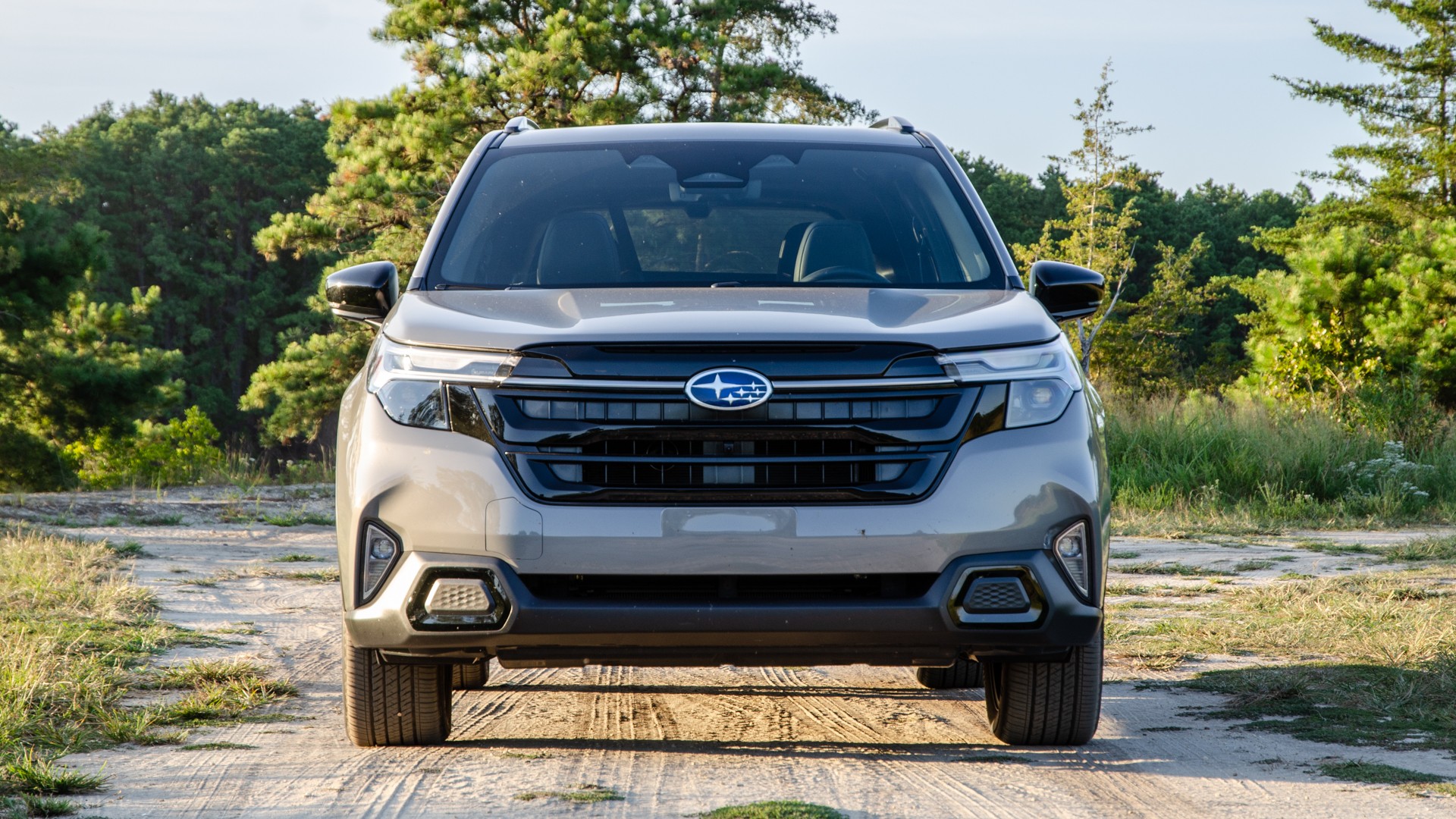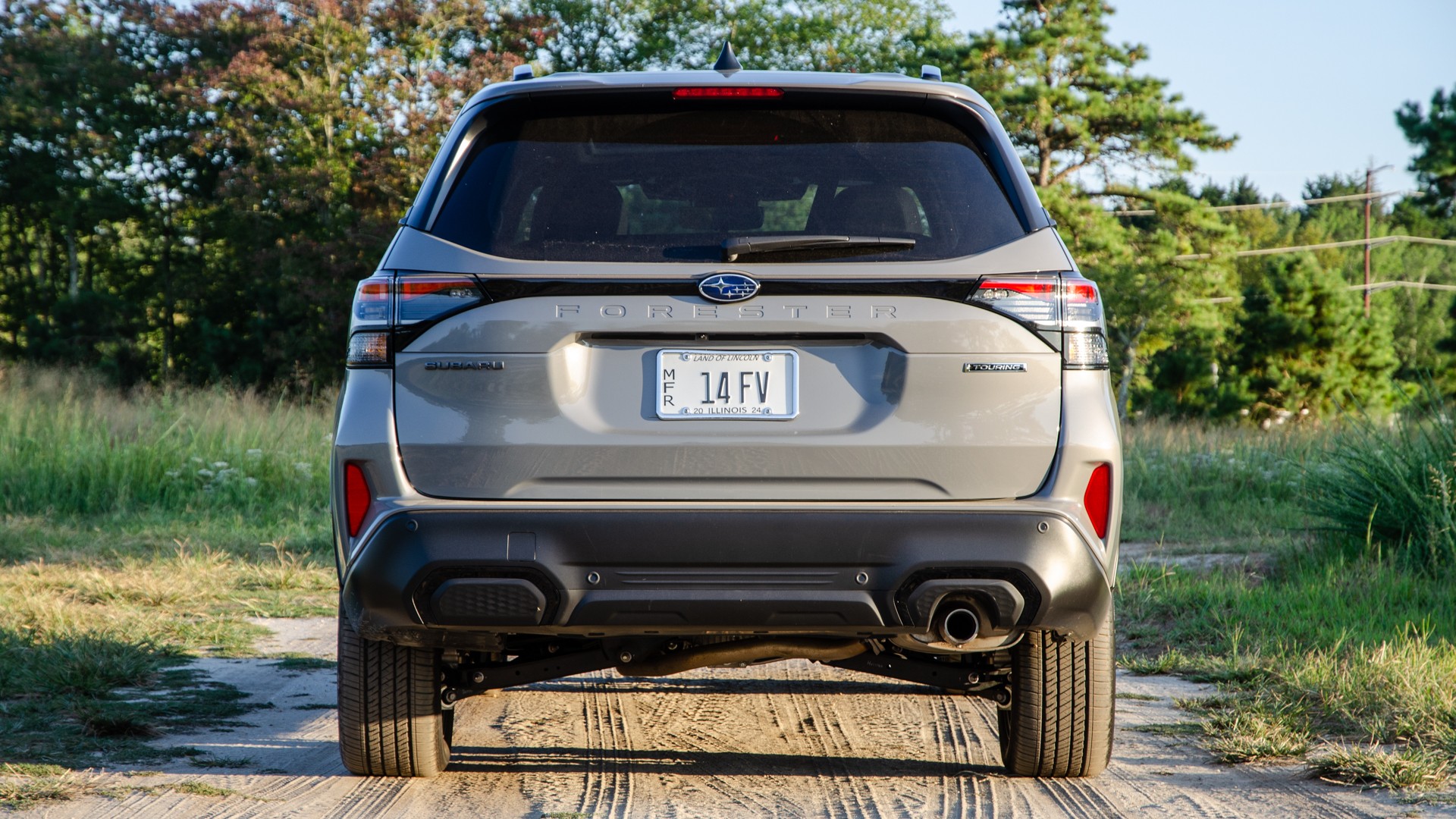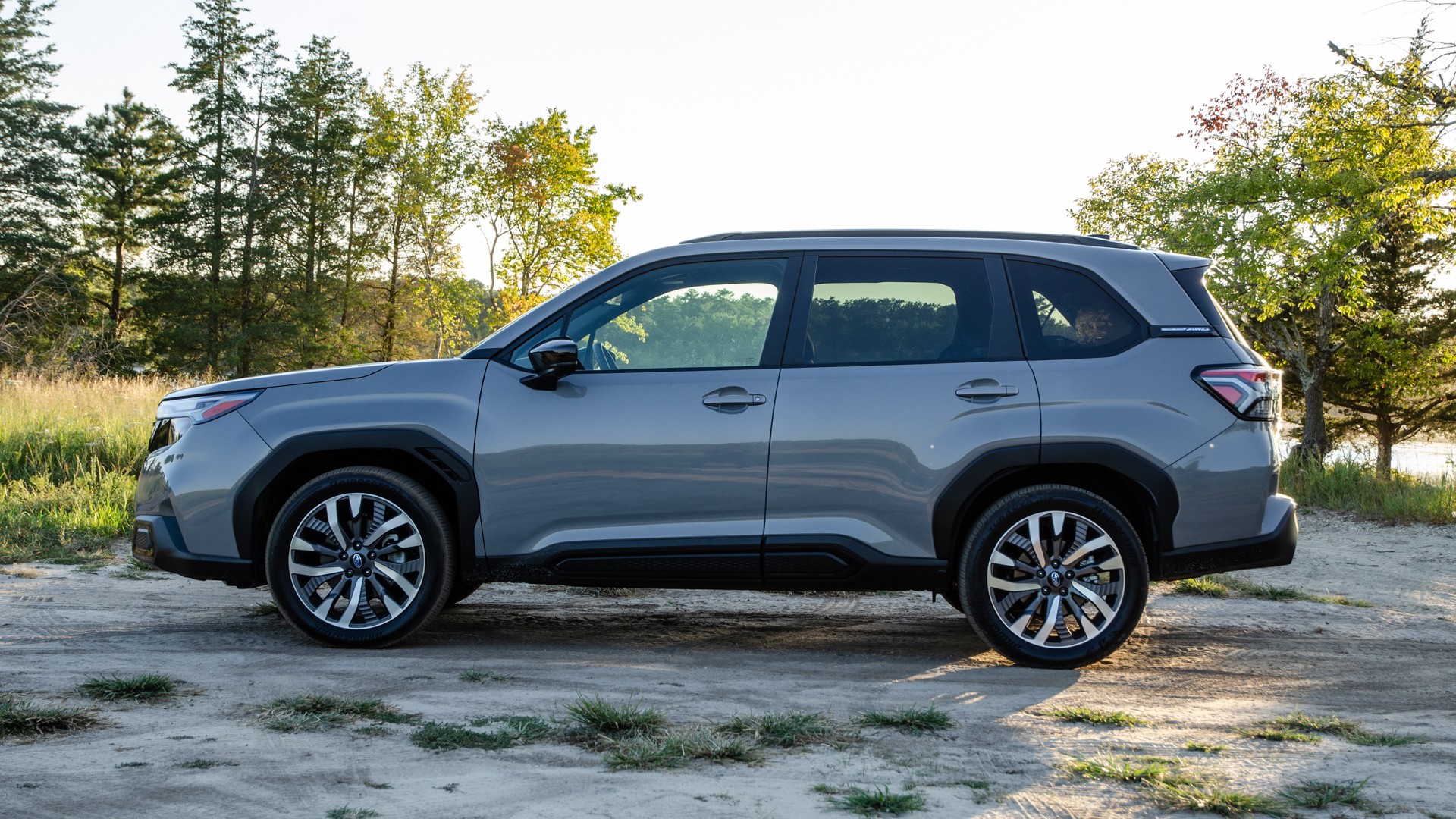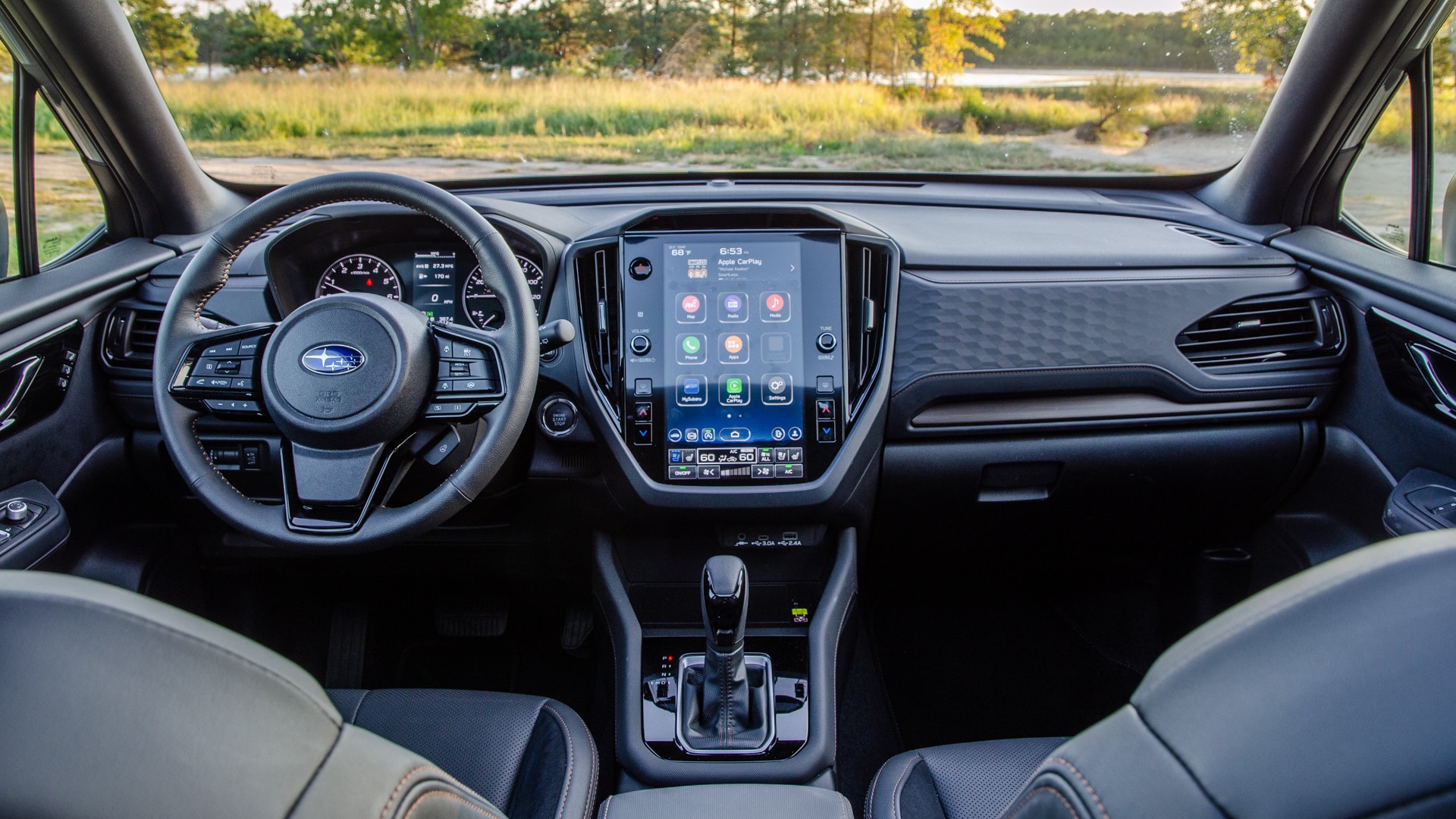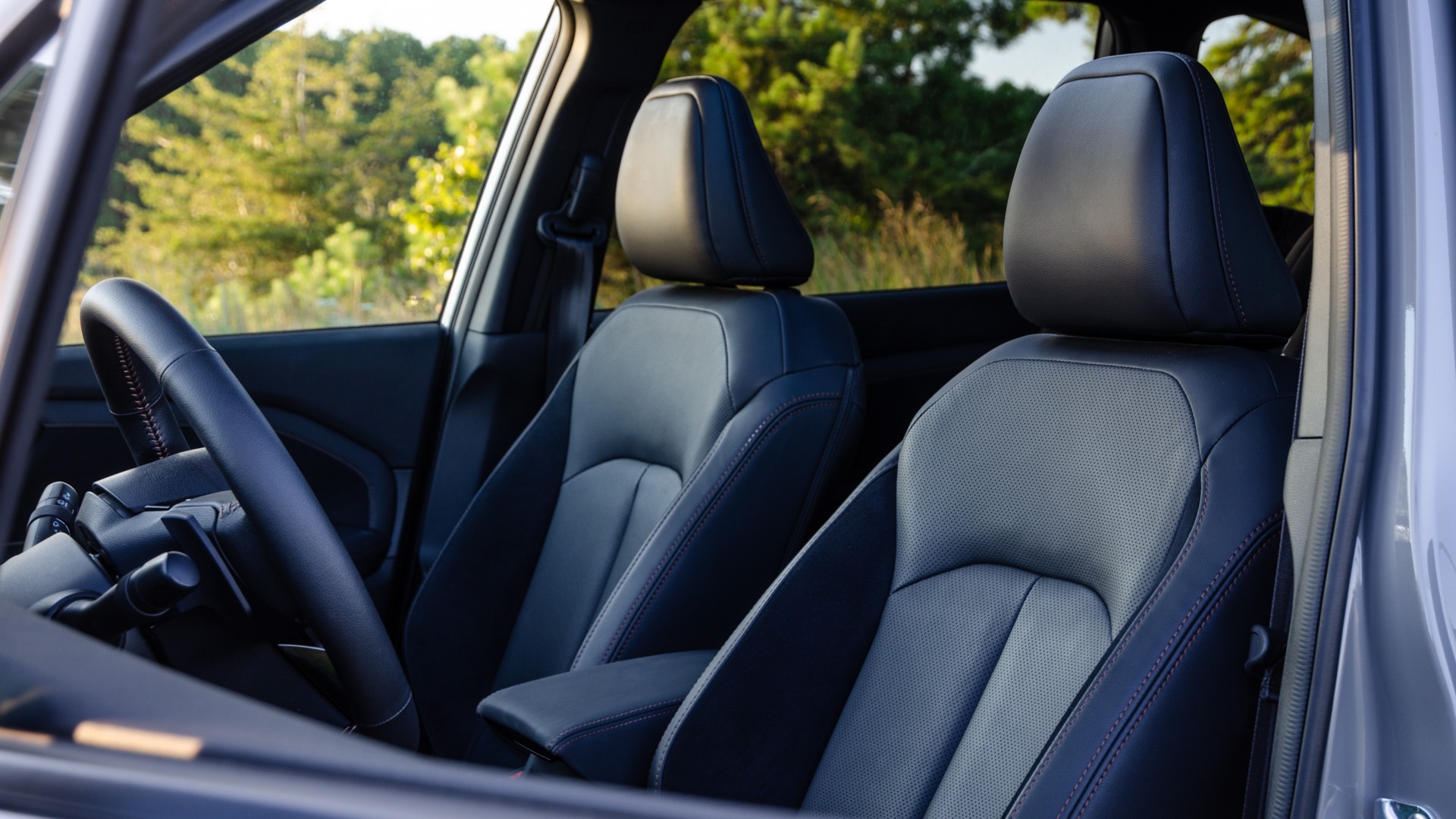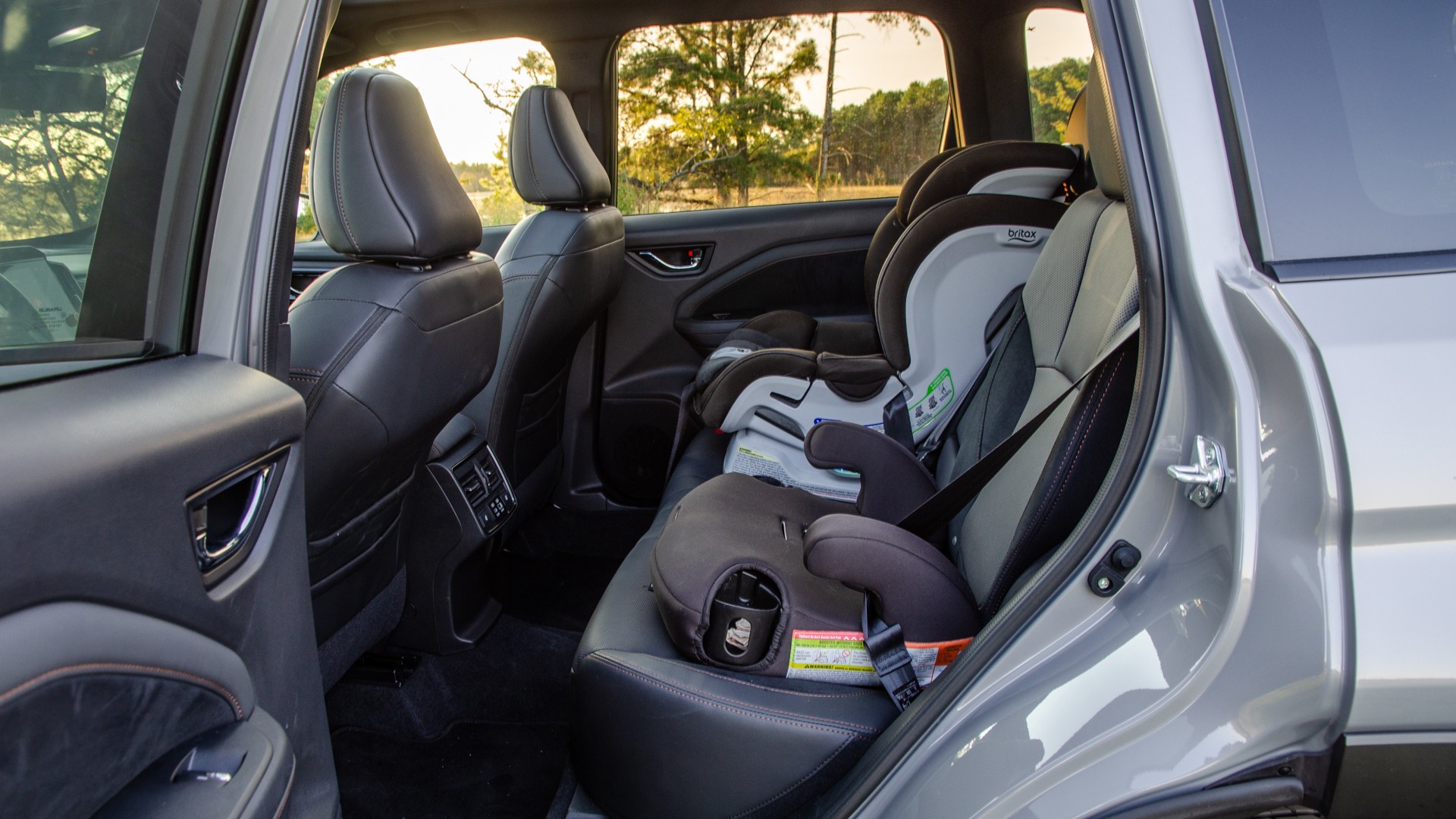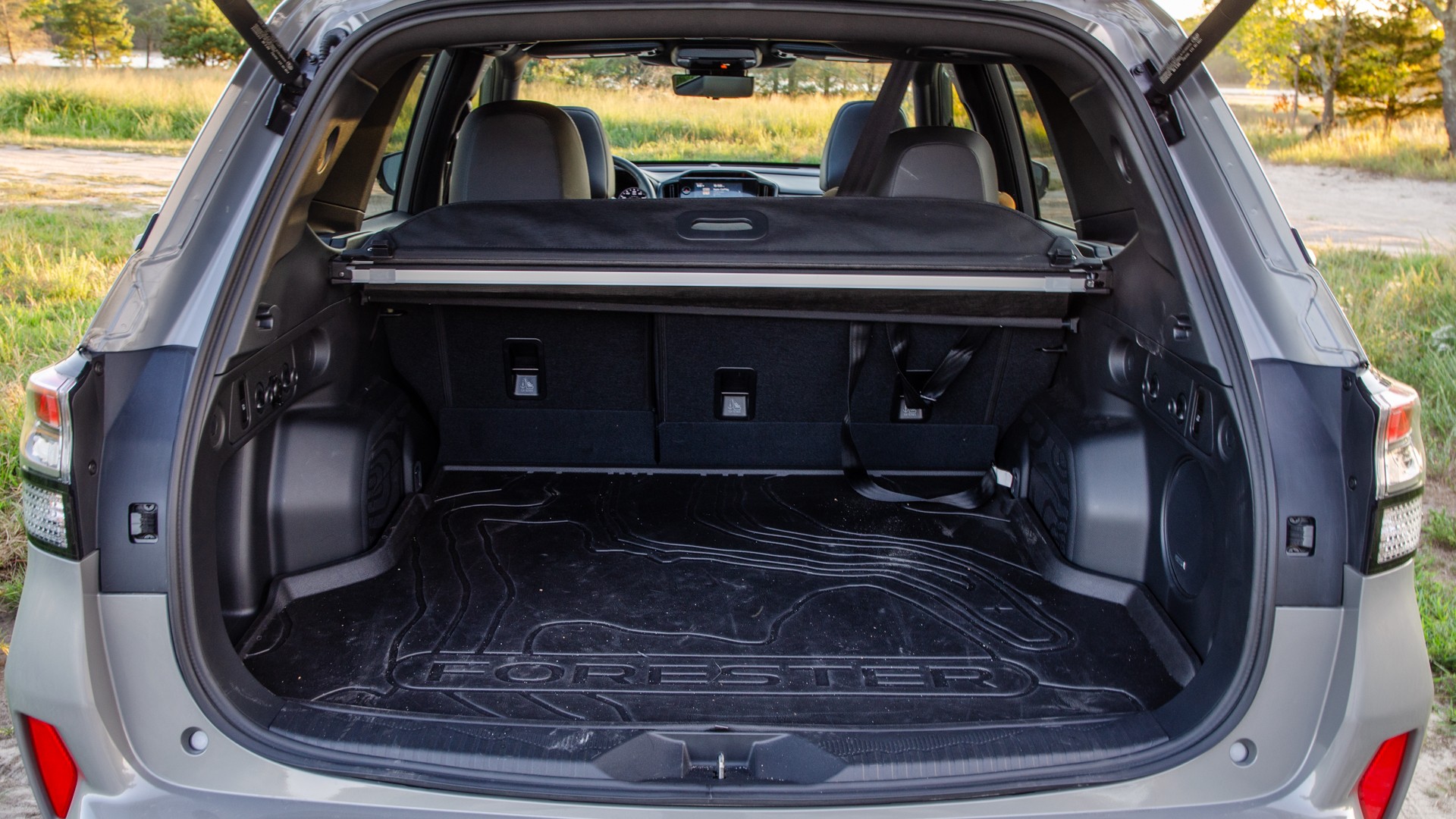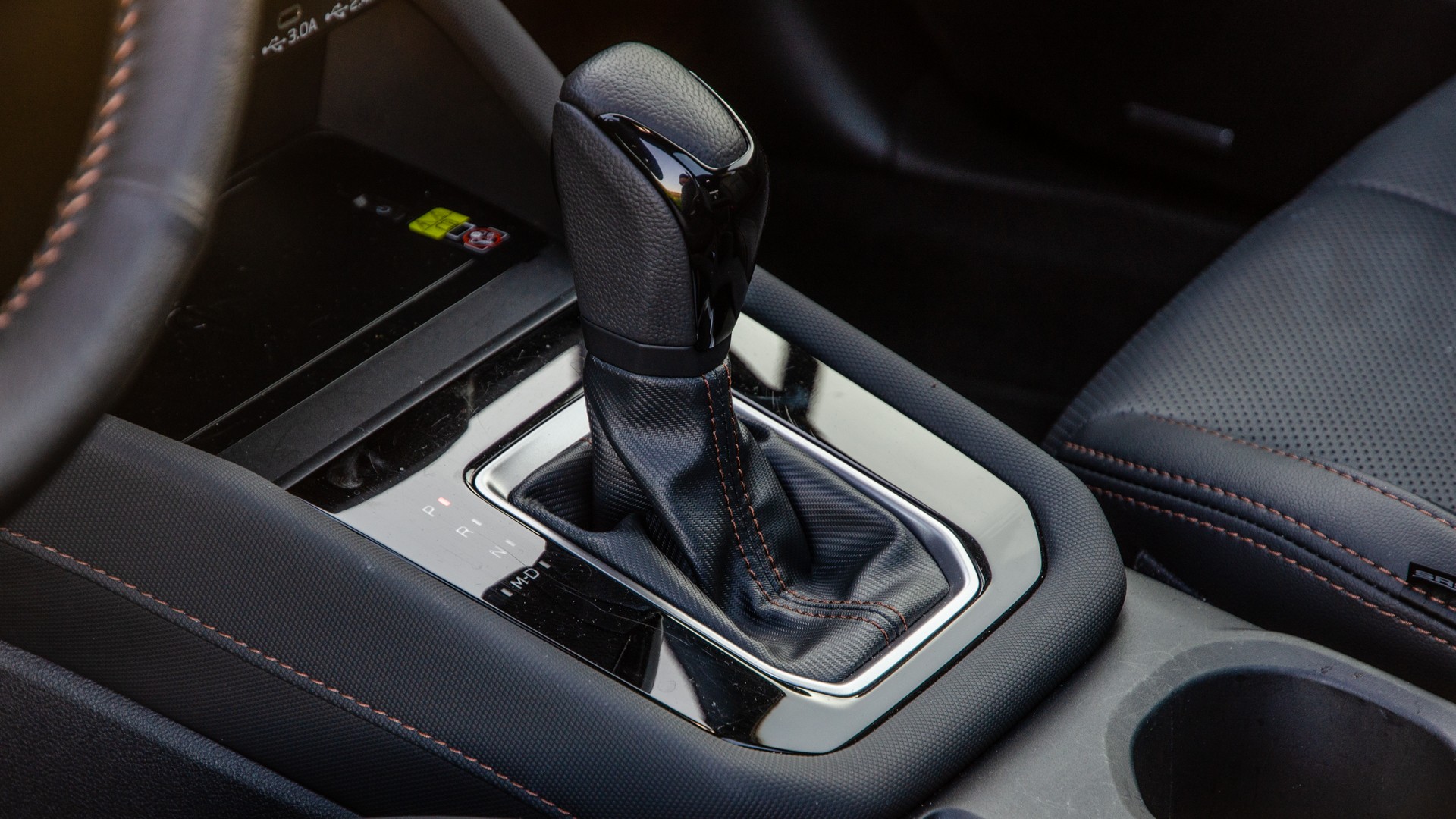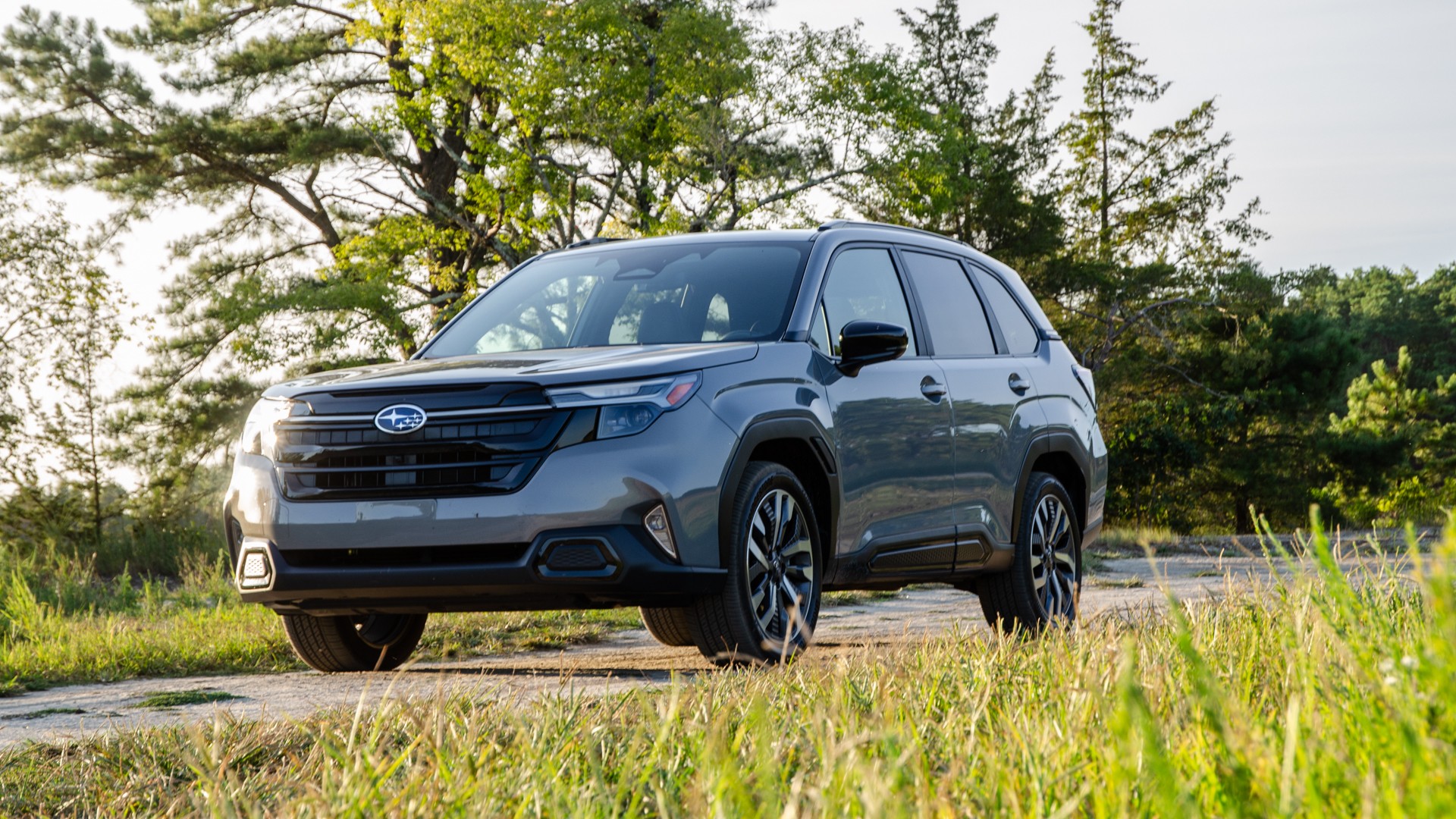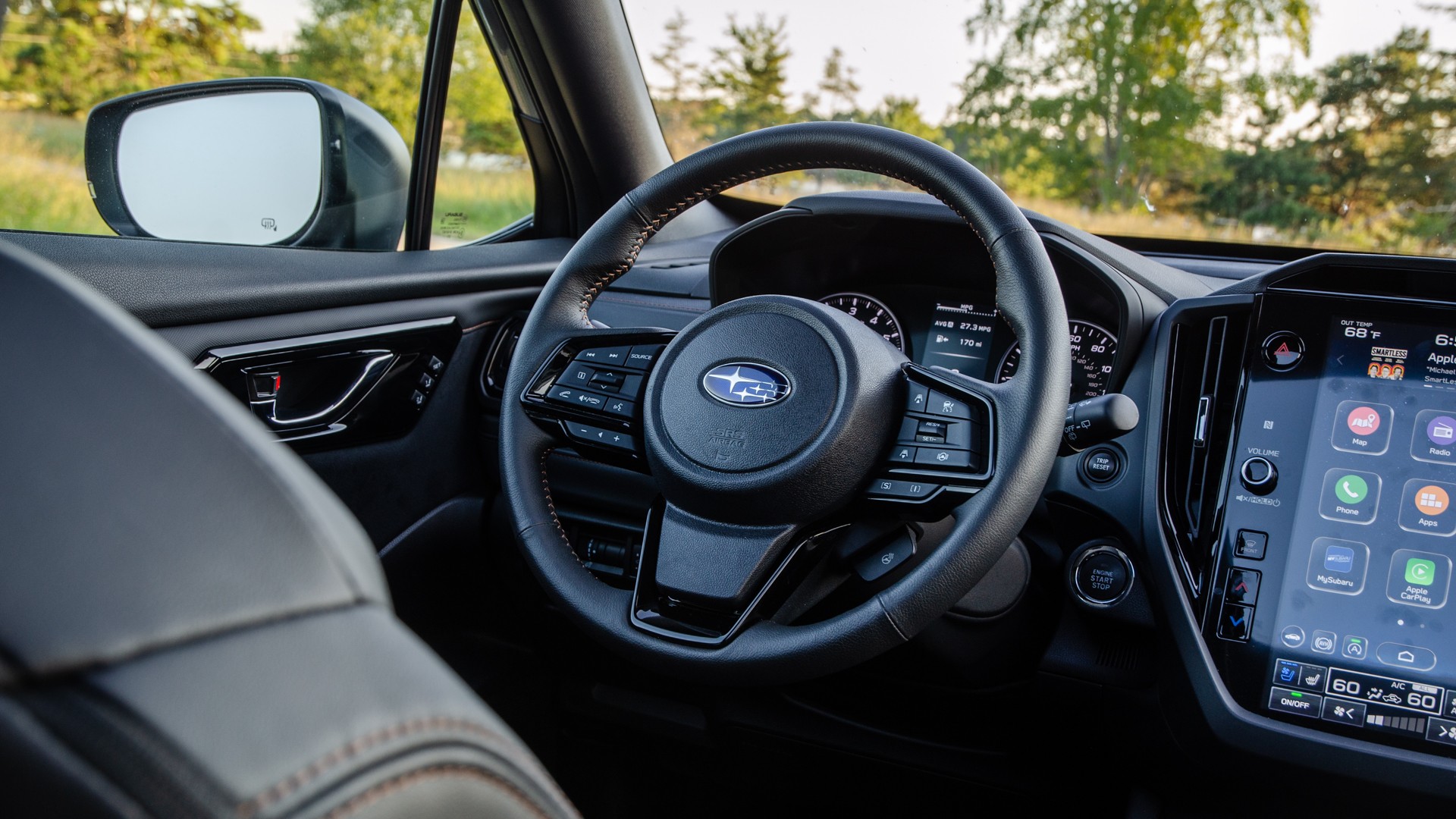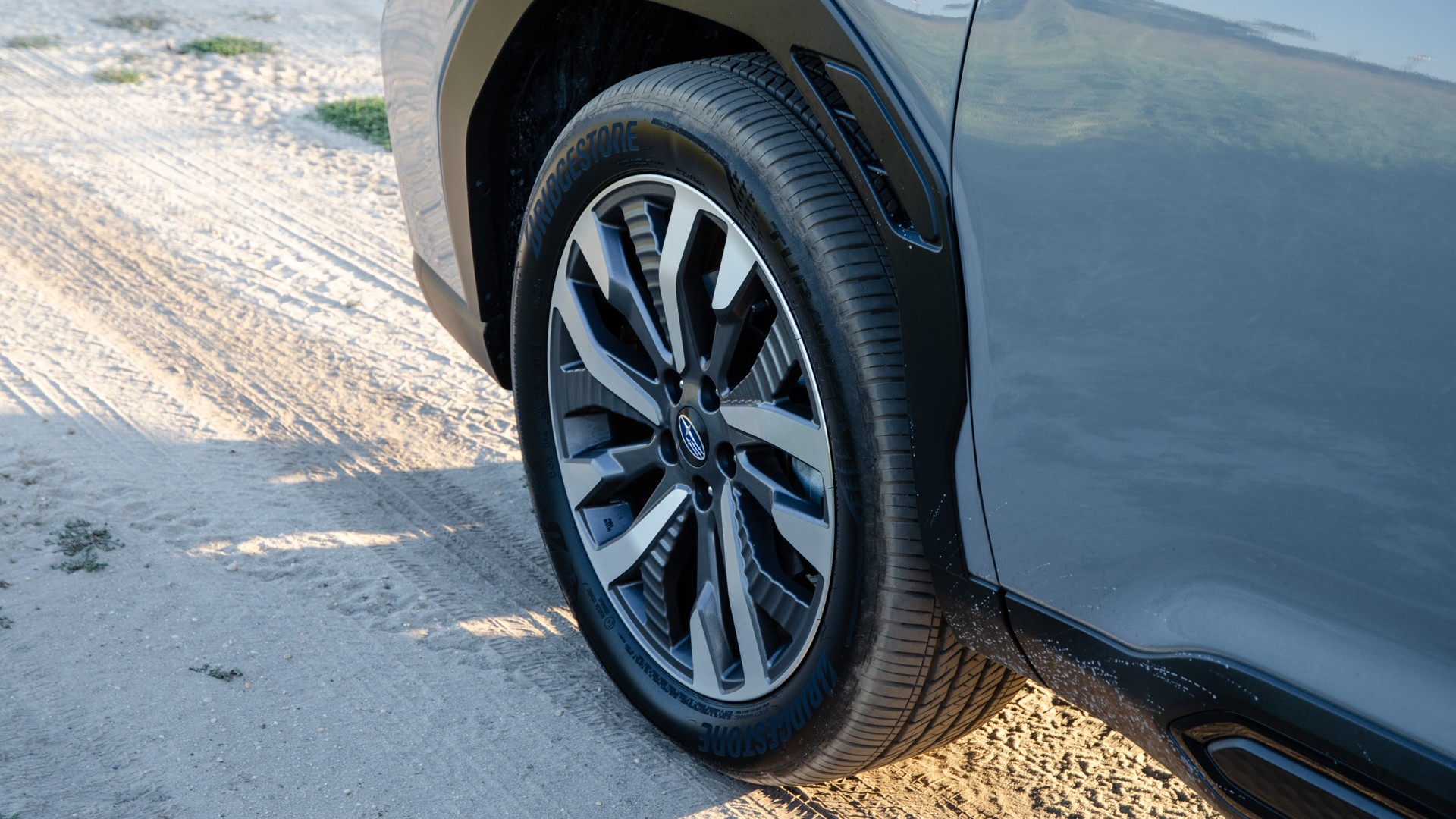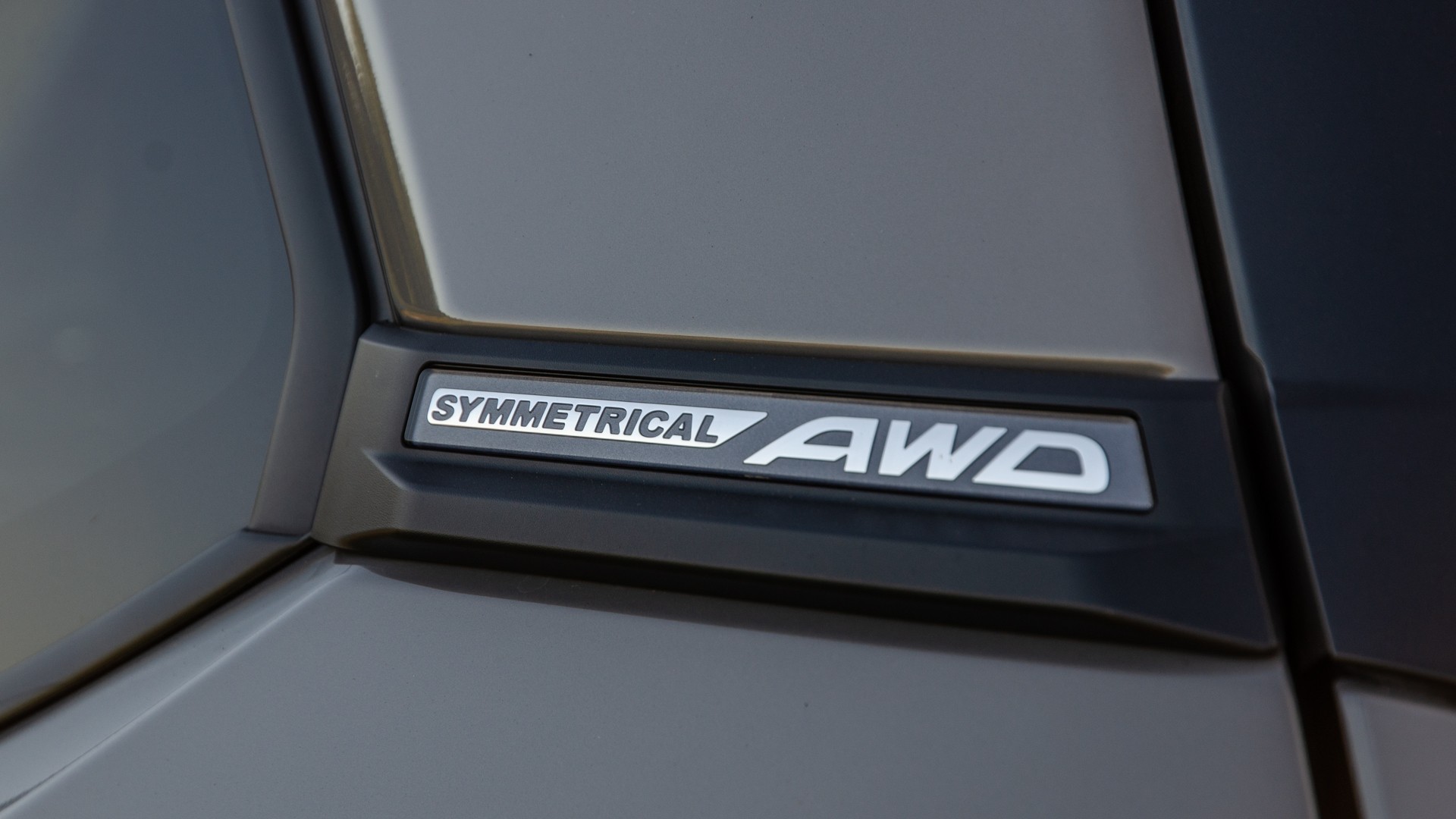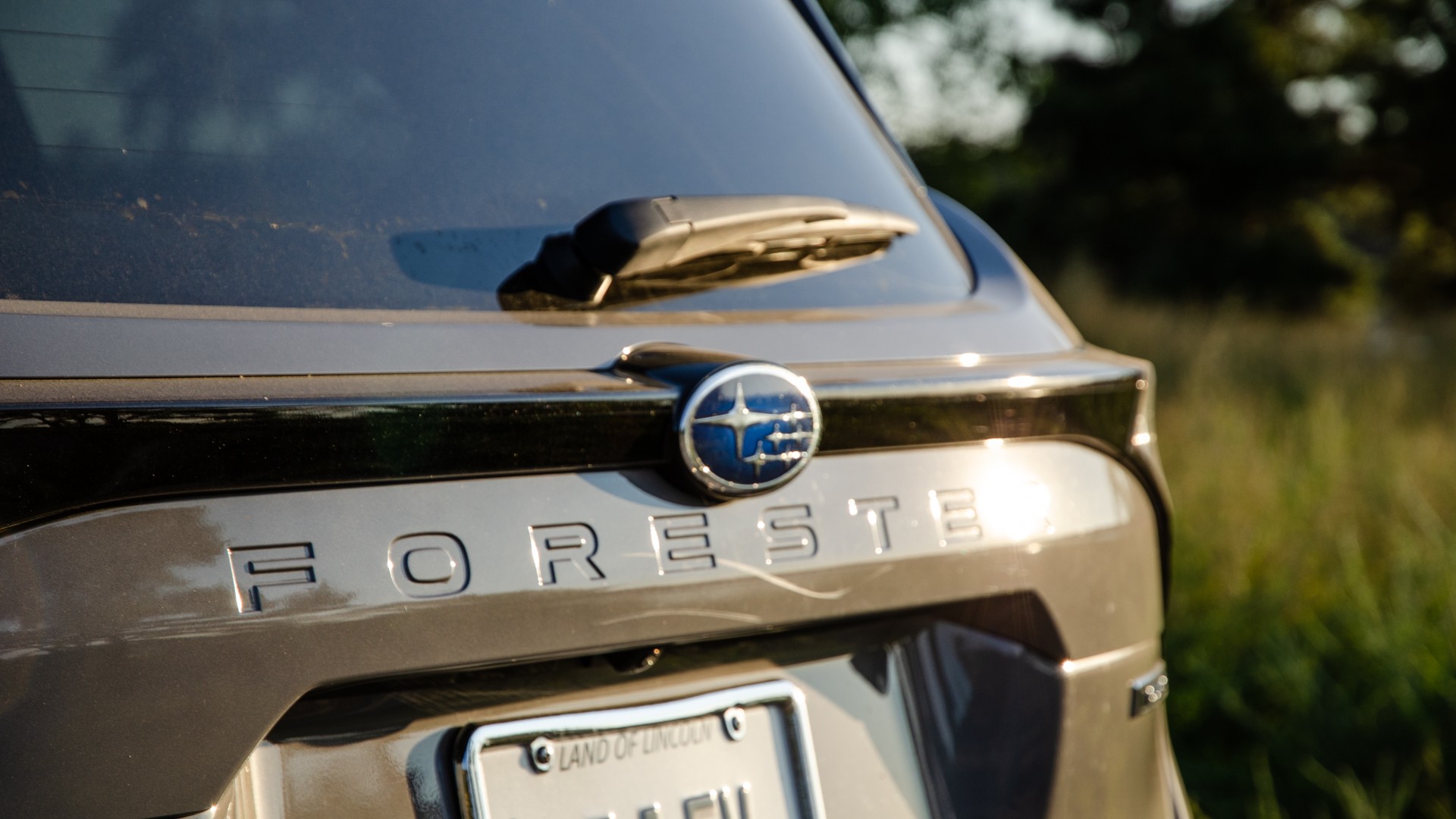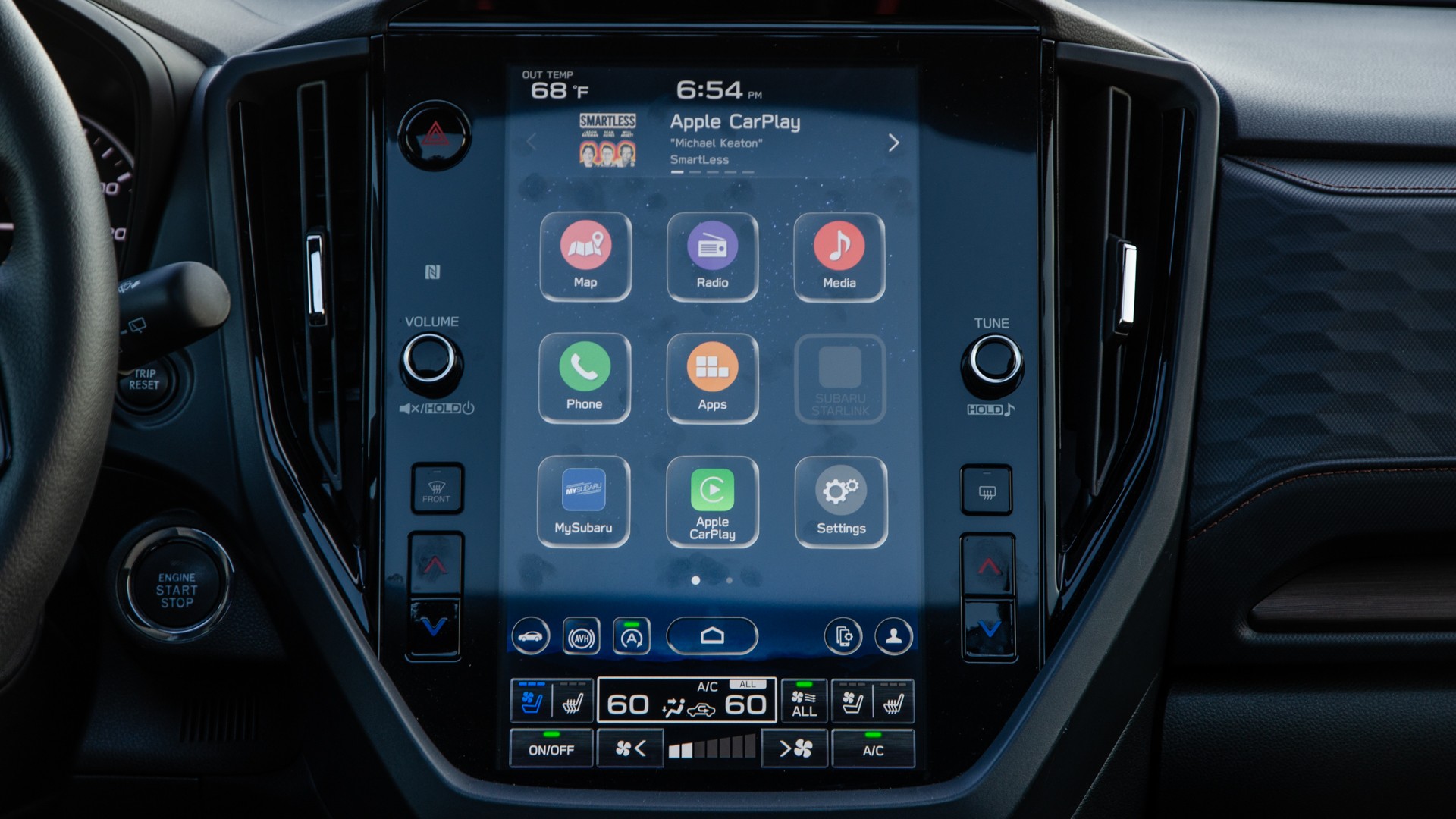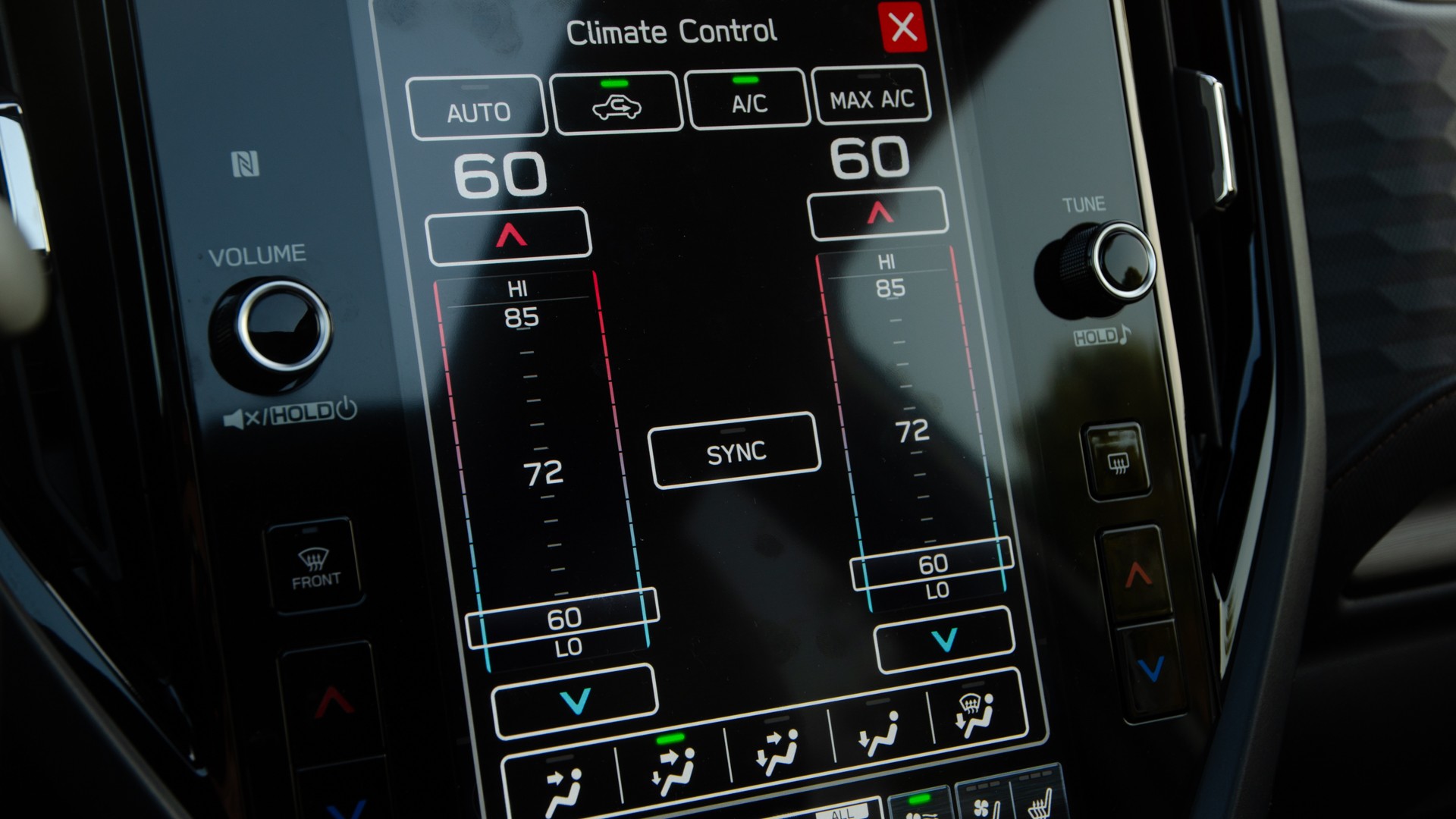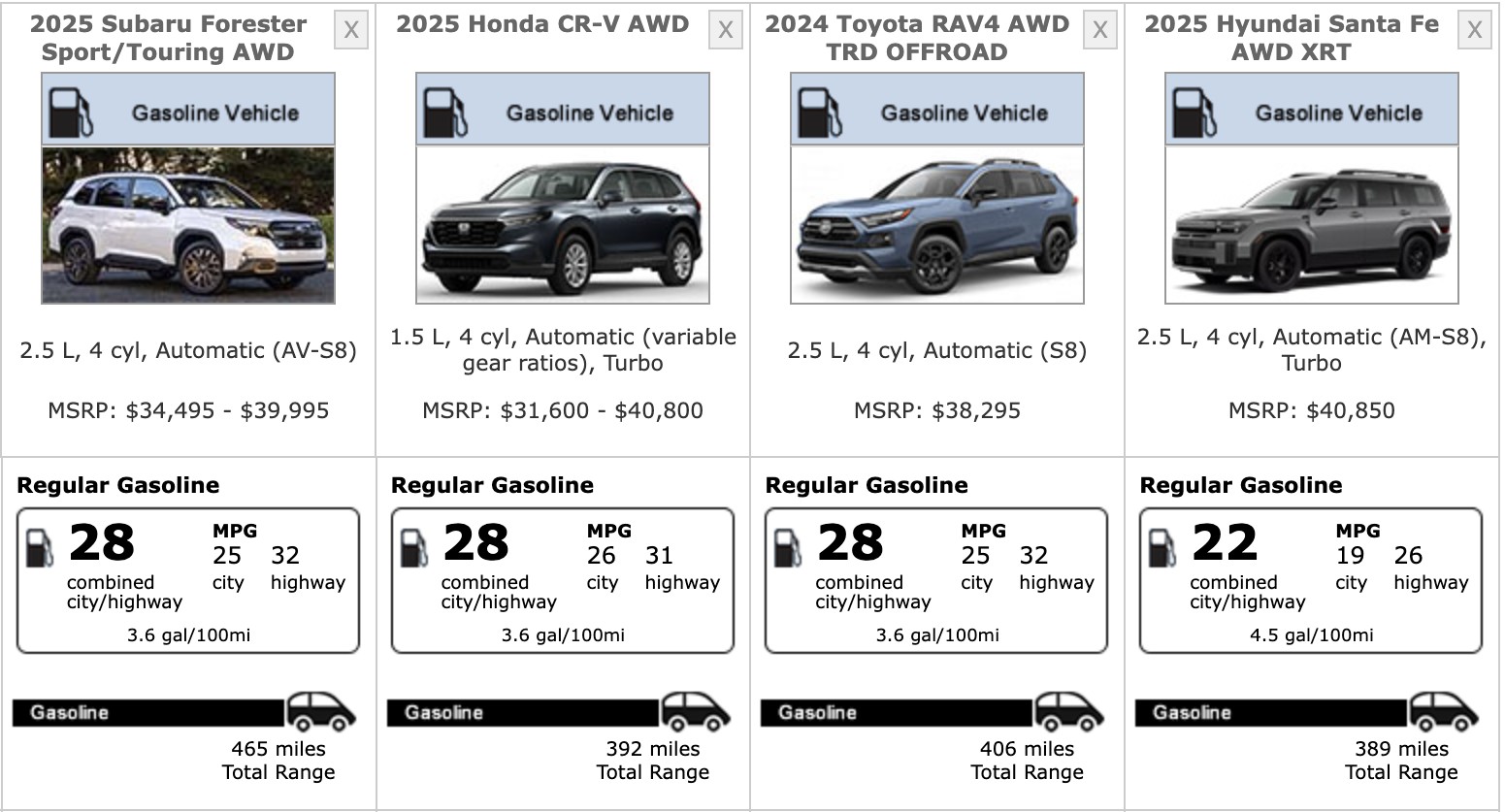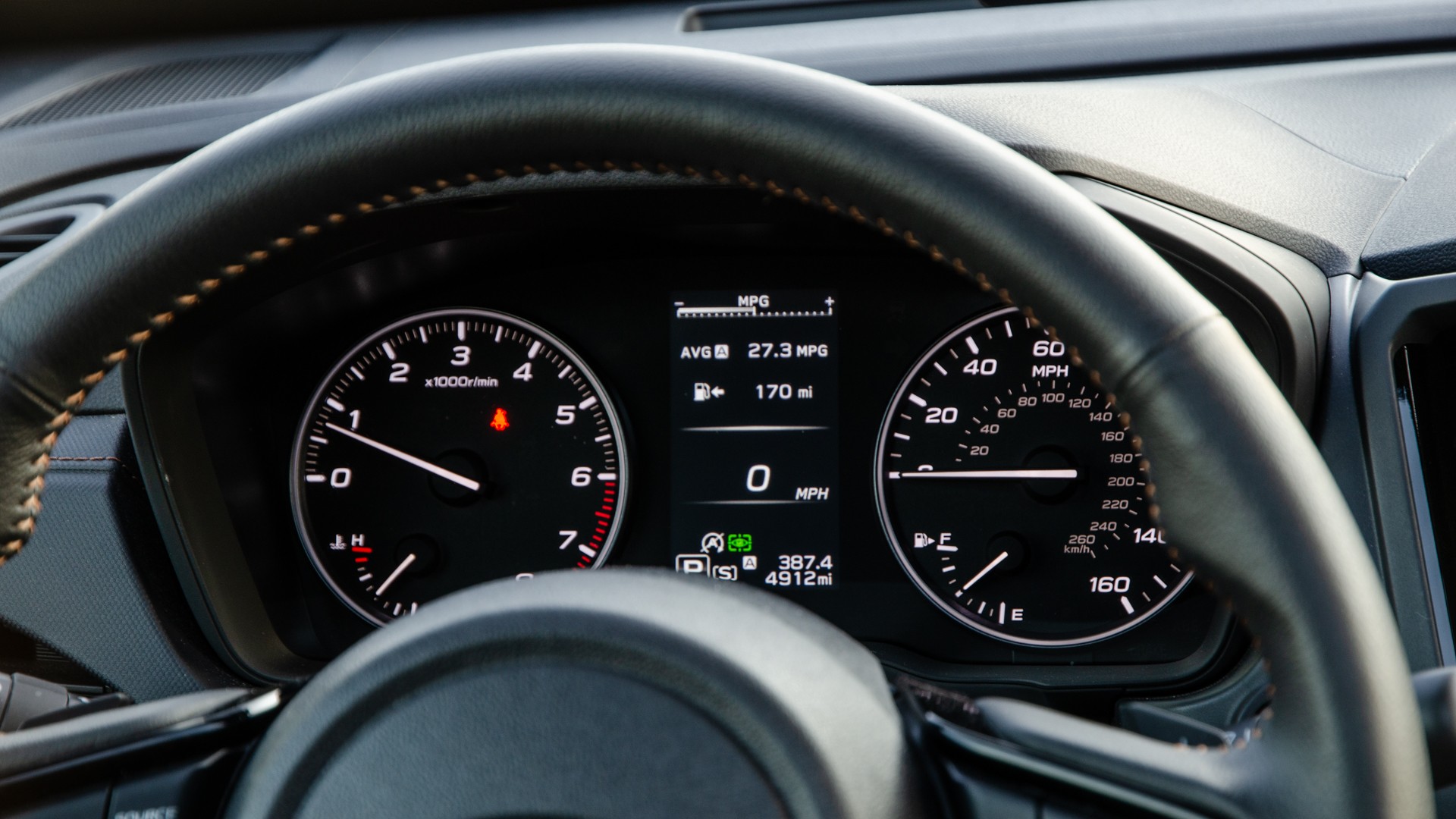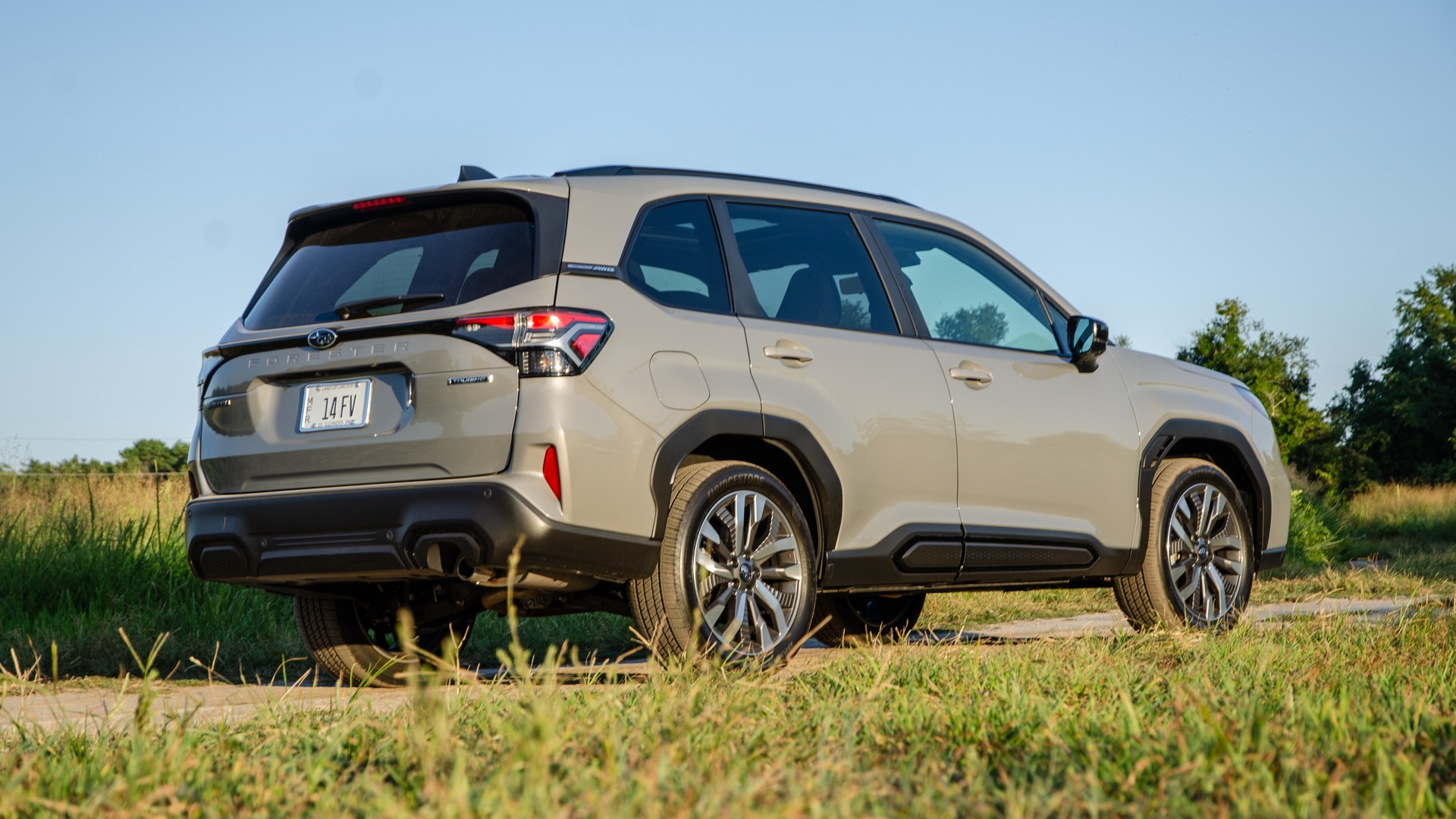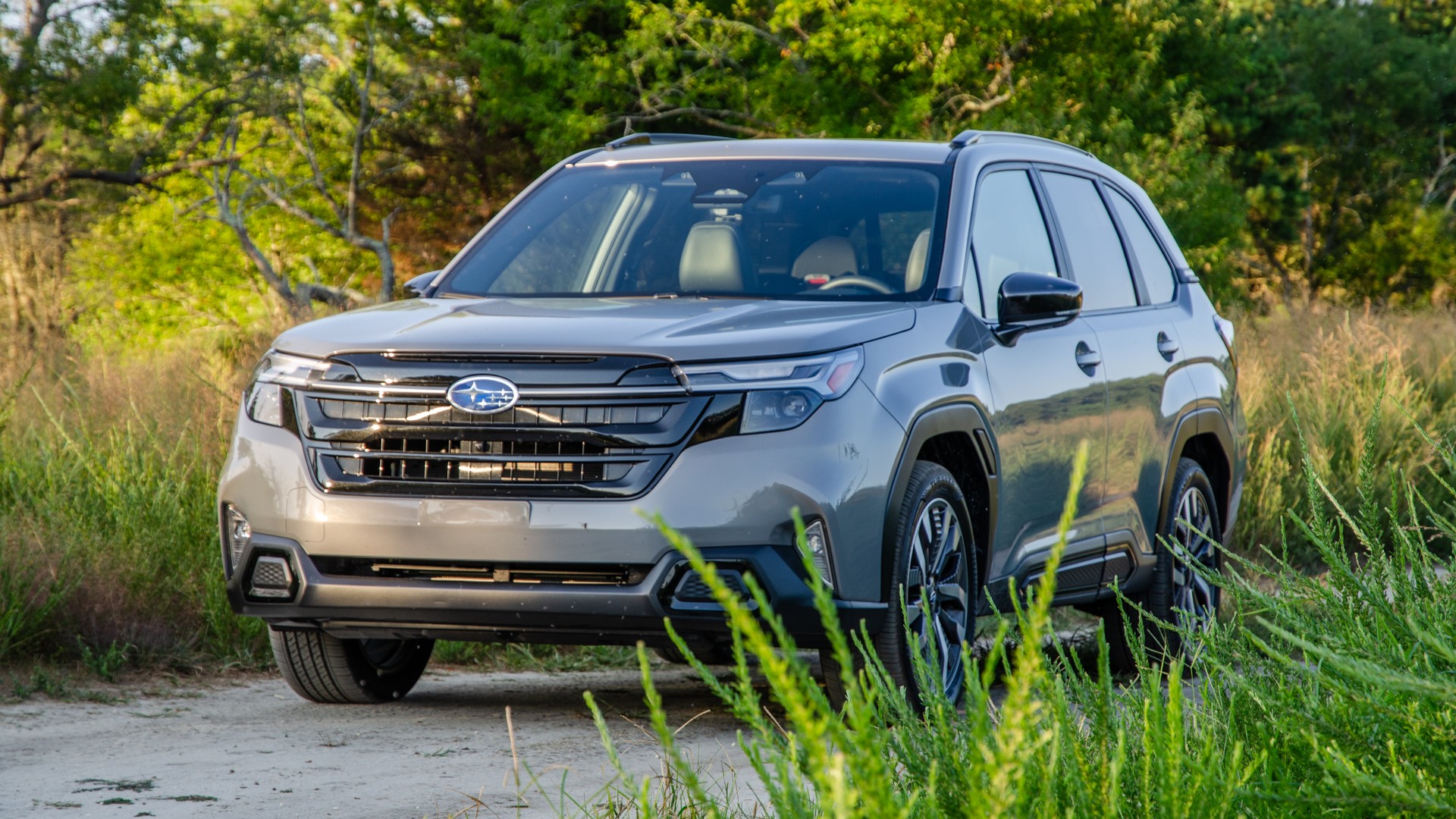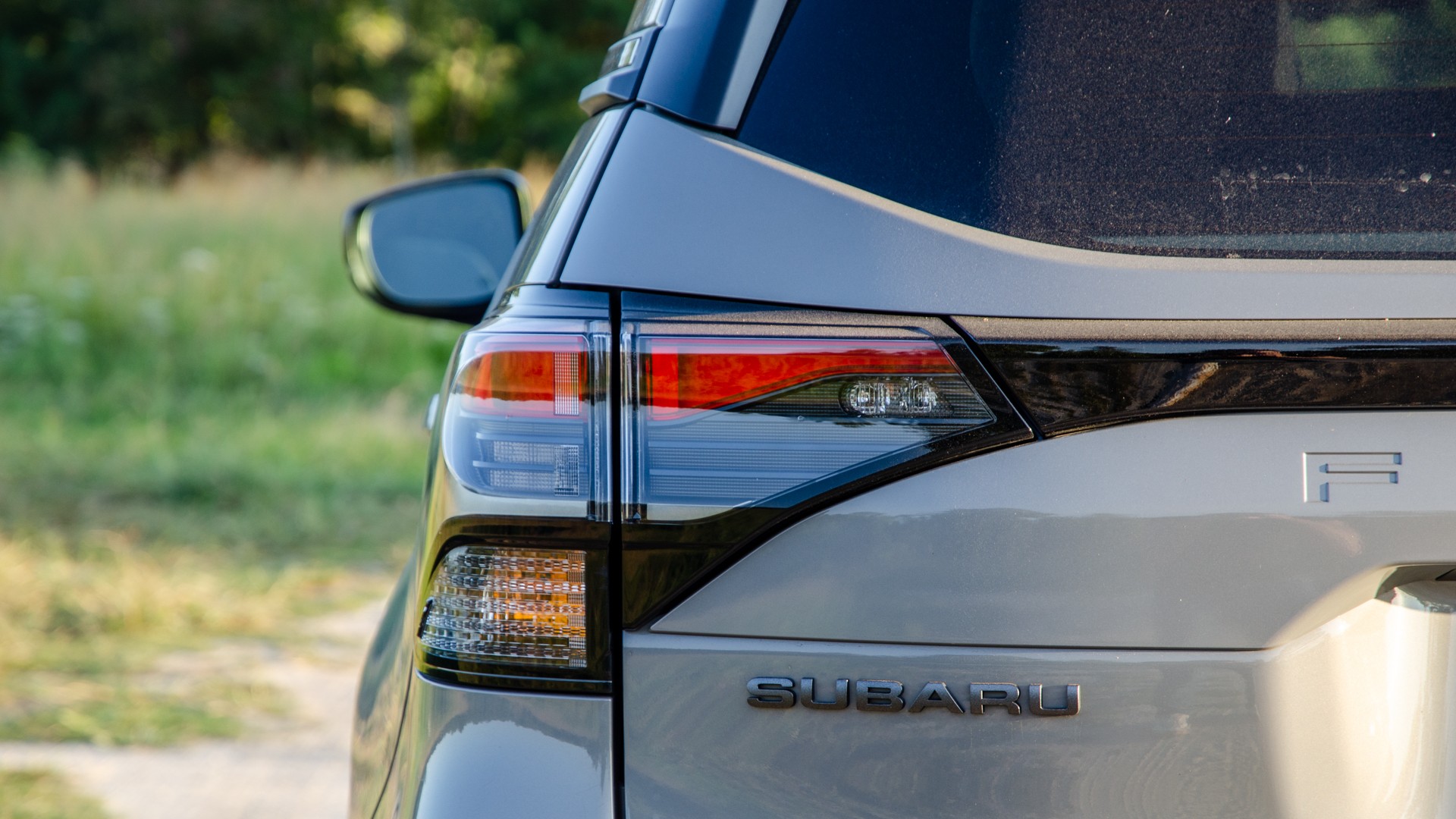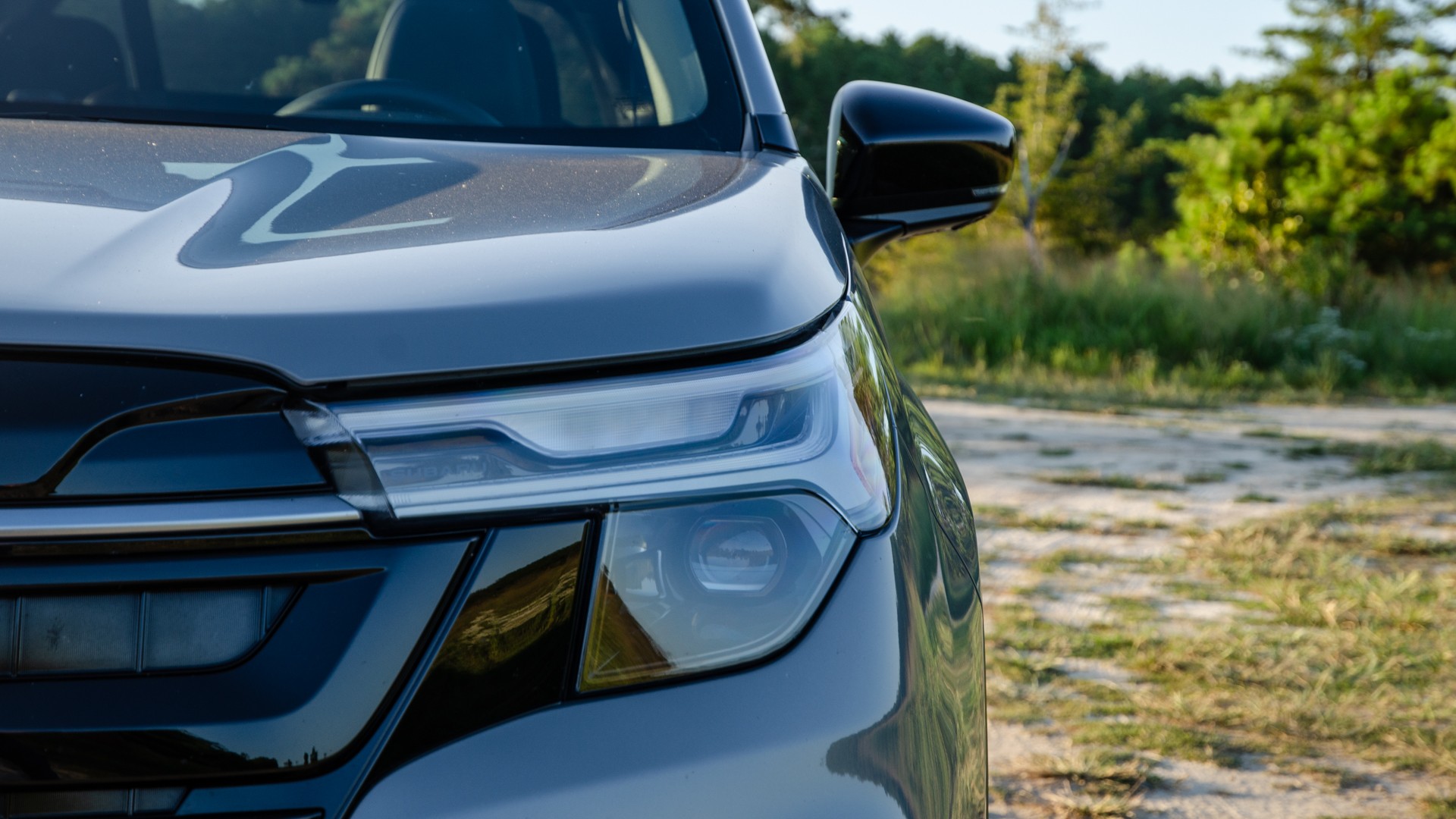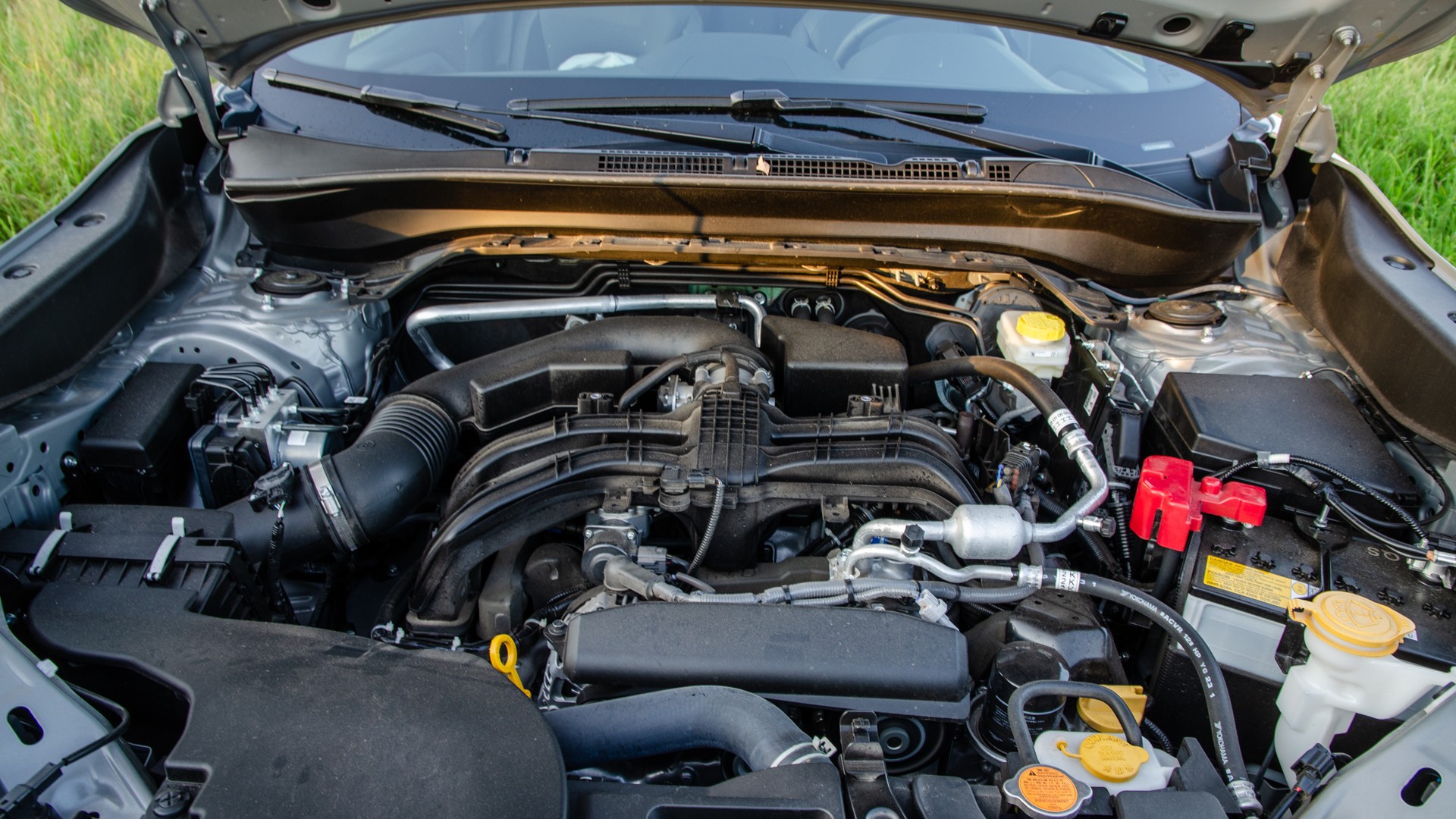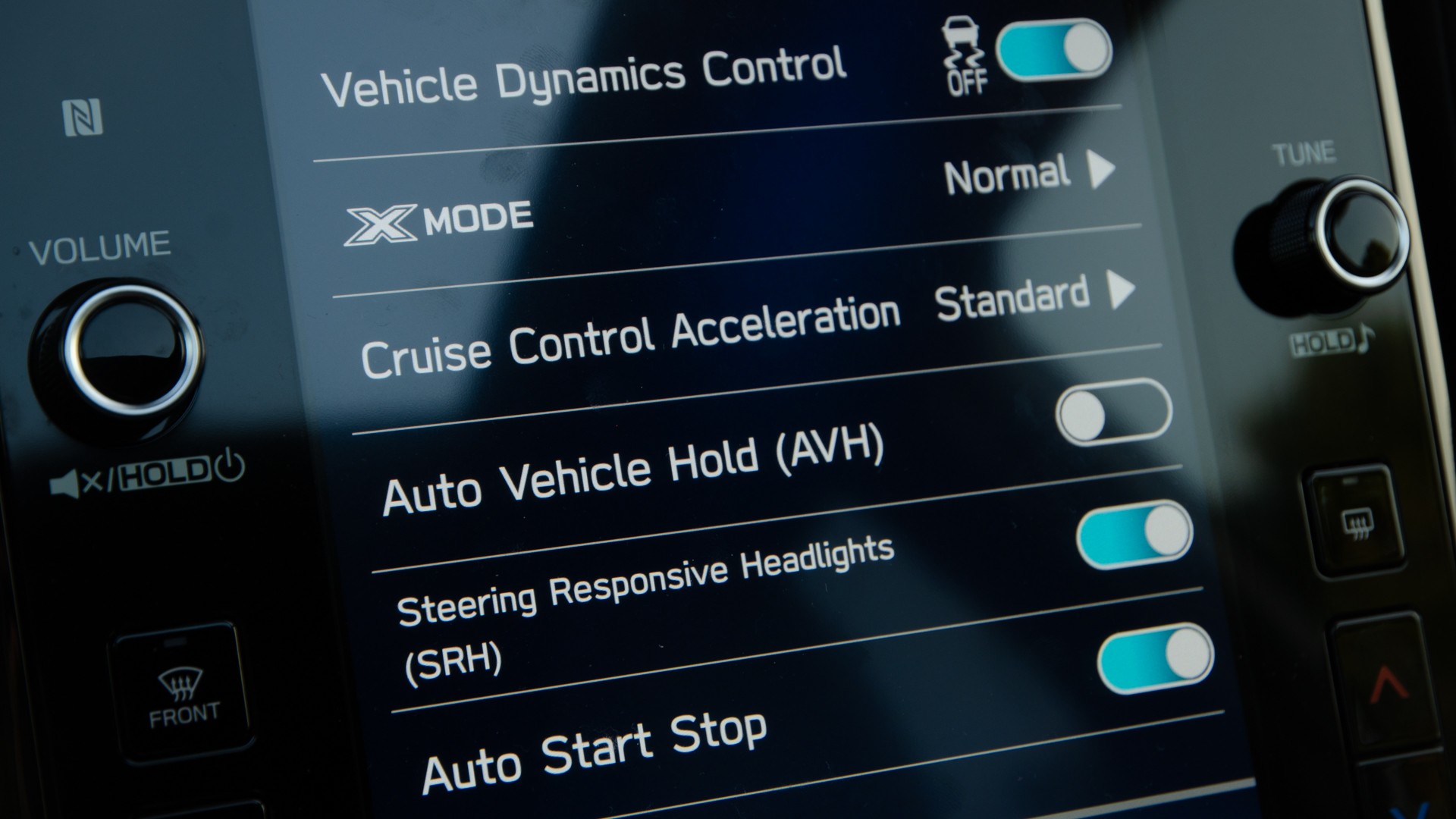Growing up with the adrenaline-pumping scenes of Top Gear and the Fast & Furious franchise, many car enthusiasts dream of roaring engines and breathtaking speeds. However, the reality of daily driving often calls for something far more grounded, more practical. Enter the 2025 Subaru Forester. This isn’t the car to set your pulse racing, and that’s precisely its strength. In a world obsessed with flashy and flamboyant, the new Forester embraces “boring” in the most commendable way possible, focusing on competence and everyday usability.
On paper, the 2025 Forester might seem underwhelming to driving purists. Its naturally aspirated four-cylinder engine produces less horsepower than a Mazda Miata, despite hauling significantly more weight. Coupled with a continuously variable transmission (CVT), its acceleration is leisurely, to say the least. Initial impressions might lead you to dismiss it in favor of something more exciting. That was my initial thought, too, until I actually spent some quality time behind the wheel.
Subaru hasn’t revolutionized the Forester formula for 2025. Instead, they’ve refined it, focusing on enhancing comfort, reducing cabin noise, elevating the interior ambiance, and injecting a touch more driving enjoyment. After several days of driving, I can confidently say they’ve succeeded. The redesigned Forester is noticeably quieter, more comfortable, and surprisingly more engaging to drive than its specifications might suggest.
The Core Refresh
Rather than chasing radical reinvention, Subaru’s mission for the 2025 Forester centered on incremental yet impactful improvements. The goals were clear: boost comfort, minimize cabin noise, elevate the sense of premium quality, and subtly enhance driving dynamics. And the result? The 2025 Forester genuinely delivers on these promises, offering a ride that’s both refined and more enjoyable than anticipated.
The design language of the 2025 Forester marks a departure from its predecessor. It seems Subaru designers traded in their curves for straight edges. Gone are the rounded wheel arches and flowing lines of the 2024 model. In their place, we find boxy arches, crisp lines, and defined edges. This sharper, more assertive aesthetic suggests an attempt to attract a younger demographic, and it’s likely to succeed. The new Forester projects a less “grandma’s car” vibe, evolving into a more contemporary and subtly handsome SUV, while still retaining its practical essence.
Interestingly, while the exterior adopts a more youthful and rugged persona, the interior takes a step towards mature sophistication. The 2025 Forester’s cabin presents a grown-up ambiance, featuring a flat, soft-touch dashboard, a prominent portrait-oriented touchscreen, and easily readable gauges. Material quality is notably improved, surpassing that of previous Subaru models I’ve experienced. Cabin ergonomics are also thoughtfully executed, contributing to a user-friendly and comfortable environment.
The seats, while somewhat flat in profile, proved surprisingly comfortable over extended periods. During numerous hours and hundreds of miles of driving, I experienced no discomfort or soreness. While highway wind noise is present, the Forester’s cabin generally remains quiet and composed. Rear passenger space is generous, comfortably accommodating my family of four on several lengthy journeys.
Behind the Wheel of the Subaru Forester
In the powertrain department, Subaru seems to be marching to the beat of its own drum. While many manufacturers are embracing turbocharged 2.0-liter four-cylinder engines, Subaru remains committed to its naturally aspirated 2.5-liter flat-four.
Without forced induction, the engine’s 180 horsepower and 178 lb-ft of torque feel adequate but not particularly energetic, especially considering peak torque arrives at a relatively high 3,700 rpm. The CVT attempts to maximize power delivery by holding engine revs high during acceleration, but this often results in a coarse and strained engine note without a corresponding surge in speed. While it’s refreshing to see an alternative to the ubiquitous 2.0-liter turbo-four, this powertrain configuration is arguably the Forester’s weakest point.
This powertrain limitation is unfortunate because the rest of the 2025 Forester package is genuinely well-suited for daily life. While it may not offer any groundbreaking innovations, the Forester excels as a well-rounded crossover, adept at school runs, long road trips, and even light off-road adventures.
Subaru has equipped the new Forester with a version of the WRX’s dual-pinion electric power steering rack, aiming for a more “direct feel.” While steering feedback remains minimal and the steering itself is quite light, precision is adequate, preventing any sense of frustration. It certainly offers a more pleasant steering experience than the new Hyundai Santa Fe.
The Forester truly shines in ride quality. It’s not the softest crossover in its class, nor is it the most dynamically composed. However, it strikes a comfortable balance and imparts an unusual sense of robustness, as if it could confidently traverse any terrain. I tested the Forester on local off-road trails, navigating mild ruts and bumps. It capably handled these dirt roads and even maintained composure at higher speeds on uneven surfaces.
The slightly vague on-road steering actually becomes an asset when tackling rough terrain. More communicative steering would transmit every surface imperfection directly to the driver’s hands, potentially becoming tiring and distracting off-road. Experiencing the Forester’s off-road prowess puts its on-road dynamics into better perspective.
Following the off-road excursion, I embarked on a family road trip, encompassing extended highway stretches and shorter city drives. The Forester served as a comfortable long-distance cruiser, navigated sandy beach terrain, and even doubled as a mobile changing station for a toddler. Throughout it all, the Forester performed flawlessly. It never felt out of its depth or incapable of handling any task. Competence might be perceived as boring, but in a daily driver, this unwavering competence is invaluable.
Features, Trims, and Market Rivals
The Forester presents an interesting equipment strategy. Even the base model includes desirable driving-focused features like all-wheel drive, Subaru’s EyeSight safety suite, and steering-responsive LED headlights. However, it forgoes the larger touchscreen (opting for two smaller screens instead) and blind-spot monitoring. Yet, with a starting price just above $30,000, the base Forester offers a strong value proposition, encompassing most essential features buyers seek.
My test vehicle was the top-of-the-line Touring model, carrying an MSRP of $41,390. For this price, you gain amenities like heated and ventilated leather seats, a heated leather steering wheel, a sunroof, wireless Apple CarPlay and Android Auto, a surround-view camera, and a respectable 11-speaker Harman Kardon sound system.
Fuel Efficiency in the Real World
Subaru’s decision to retain a naturally aspirated engine, often perceived as less efficient, is noteworthy. However, in practice, the fuel economy difference is minimal. The EPA rates the 2025 Forester at 26 mpg city, 33 mpg highway, and 29 mpg combined. These figures align closely with competitors like the gasoline-powered Honda CR-V and Toyota RAV4, and even surpass the turbocharged Hyundai Santa Fe.
During my testing, with a slightly heavier foot than the average driver, I observed an average of just over 27 mpg, validating the EPA estimates. The Forester also boasts a larger fuel tank than many rivals, resulting in an impressive EPA-rated range of 481 miles. This extended range was noticeable and appreciated. I recall remarking to my wife about the surprisingly high fuel level remaining after several hundred miles of driving.
Verdict: Sensible and Smart
The compact crossover segment is fiercely competitive, populated by sales giants like the Toyota RAV4 and Honda CR-V. While the Forester may lag behind in sales figures—Subaru sold just over 143,000 Foresters through Q3 2024, compared to Toyota’s 350,000+ RAV4s—it carves its own niche by prioritizing different values.
The Forester emphasizes standard active safety features, enhanced suspension, and off-road capability over flamboyant styling or cutting-edge cabin technology. The 2025 Subaru Forester appeals to a specific buyer: those who appreciate the Subaru ethos of practicality and capability. And for those buyers, the appeal is clear.
While it might not be my personal top pick in the segment—I lean towards options like the Volkswagen Tiguan or Mazda CX-50—I understand the Forester’s enduring popularity as one of Subaru’s best-selling models. There’s an undeniable sense of sensibility and intelligence embodied in the Forester. Driving my family in it evoked a feeling of responsible adulthood, yet with a hint of adventurous spirit. It accomplishes every essential task effectively and reliably, albeit without the overt flash or extravagance found in some competitors.
Initially, the Forester didn’t fully win me over. But after a week of living with it, its appeal became clear. I now understand its strengths. It’s “boring” in the best possible way – reliably competent and utterly sensible.
| 2025 Subaru Forester Specs |
|---|
| Base Price (Touring as tested) |
| Powertrain |
| Horsepower |
| Torque |
| Seating Capacity |
| Cargo Volume |
| Curb Weight |
| Max Towing |
| Off-Road Angles |
| EPA Fuel Economy |
| Quick Take |
| Score |

